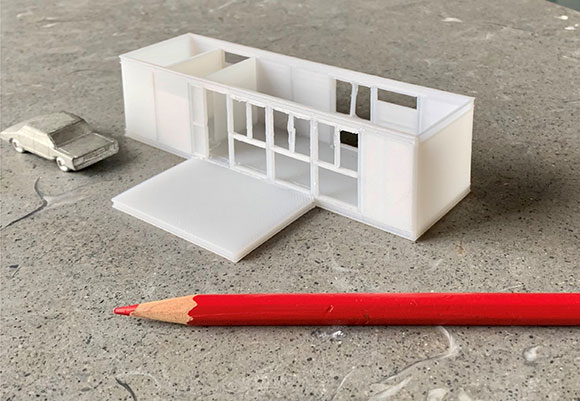#175: A STORY ABOUT MODULAR CONSTRUCTION
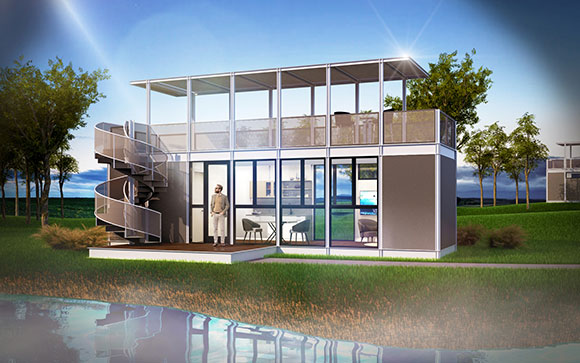
ReMo modular small house, by Poon Design
In 2016, I authored an article, The Myth of the Prefab House, debunking the media hype of pre-fabricated houses. Today, I stand corrected and updated. With advancements in technology, manufacturing, and in particular, modular construction, my story continues. Poon Design’s latest endeavor—a modular, factory-built, 400-square-foot home designed for modular manufacturer ReMo Homes—was recognized this past June at the Innovative Housing Showcase exhibition in Washington, D.C, in association with the National Association of Home Builders and the U.S. Department of Housing and Urban Development.
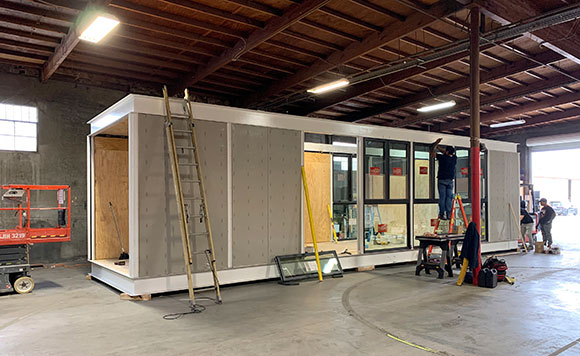
First off, modular construction means being built within a factory, not at the building’s final destination. Also, modular—as the name implies—consists of modules, a kit-o-parts of repetitive materials and details. Whether the modules are elements that comprise a house (structural frames, walls, or cabinetry) or an entire residential unit (finished apartment or hotel room), the modular strategy involves pre-built components assembled for a larger whole. Modular architecture can be a single house, or 100 modules stacked up for a five-story building. Of course there are positives and negatives.
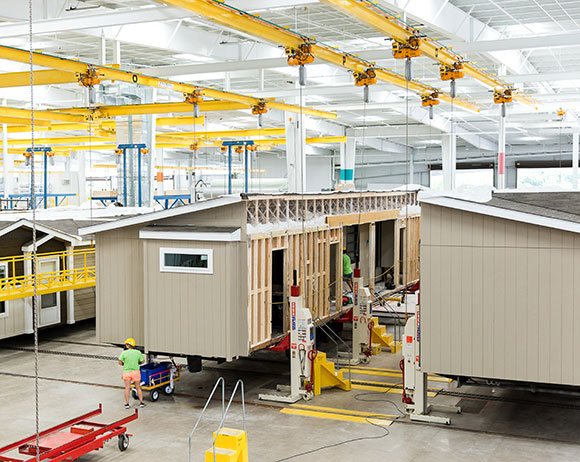
Pros:
– There are lower costs due to efficiencies, such as less labor.
– Modular construction saves time, avoids weather changes, and has pre-designed, agency-approved concepts.
– Much less material waste.
– You do not need to store materials at a construction site.
Cons:
– You must transport the building from the factory to its intended property.
– There could be potential damages during travel.
– More upfront costs and some hidden costs like site prep and utilities.
– There is limited design customization to none at all (and most customers want to make changes!).
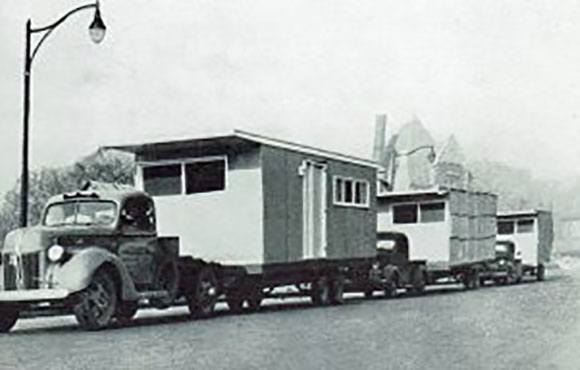
Most historians credit London carpenter Henry Manning with the first example of modular housing. His 1837 prototype made its way from an England factory to Australia as a gift to his son. Soon after, a local movement launched inspired by the prototype’s ingenuity, ease of shipping, and efficiency of construction.
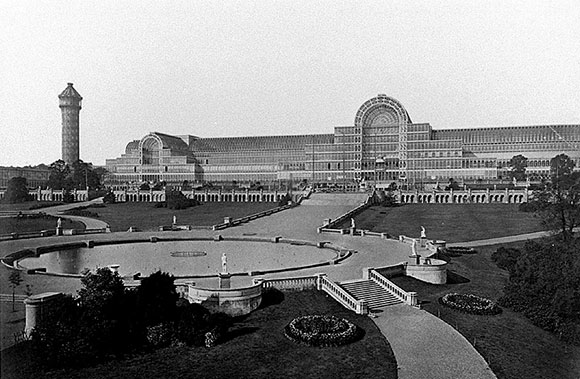
More ambitiously, English engineer/architect Joseph Paxton displayed modular innovation with his beloved Crystal Palace. The one-million-square-foot event hall housed London’s Great Exhibition of 1851. The modular construction comprised interchangeable prefabricated steel elements 60,000 panels of glass.

The modular strategy and bizarre expression of the 1972 Nakagin Capsule Tower was both renown and infamous. For Tokyo business travelers, architect Kisho Kurokawa offered 140 “capsules”—one-person hotel rooms, stacked upon one another, like a child’s plug-n-play game.
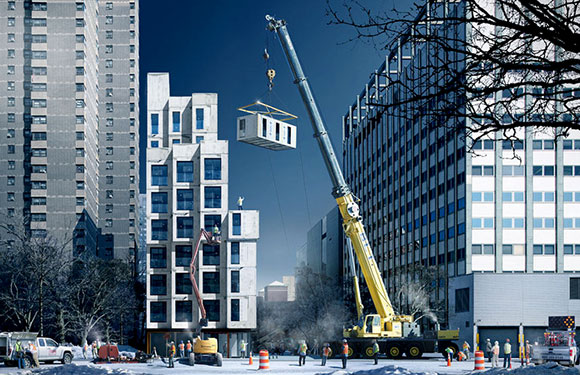
Fast forward to today, nArchitects designed a nine-level apartment building known as My Micro NY, located in New York City. The project’s name acknowledged the 55 modular micro-apartments constructed of concrete panels within a steel frame, each 300 square feet and prefabricated in Brooklyn.
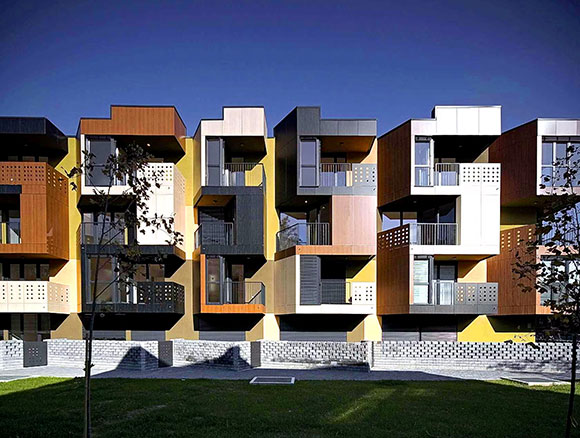
This kit-o-parts approach influenced cultures as far as Slovenia. For the aptly named Tetris Apartments, OFIS Arhitekti confronted the housing shortage with their design of 650 modular apartments combined to provide a renewed sense of community, excitement and livability, not often thought of for government-driven public housing.
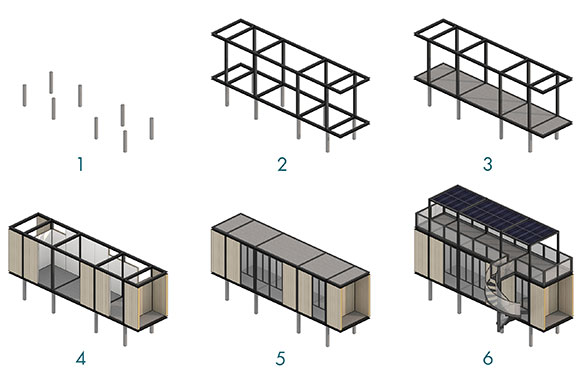
To this rapidly growing industry, Poon Design contributes a small, sustainable, smart house—either a compact residence or accessory structure, often called these days an ADU (Accessory Dwelling Unit)—soon to be available nationwide. In keeping with the promise of efficiencies, our design was constructed in less than a month in a factory in Southern California, then placed on a flatbed truck, and made its 2,700-mile trek successfully to D.C. for thousands of attendees to witness a potential future.
